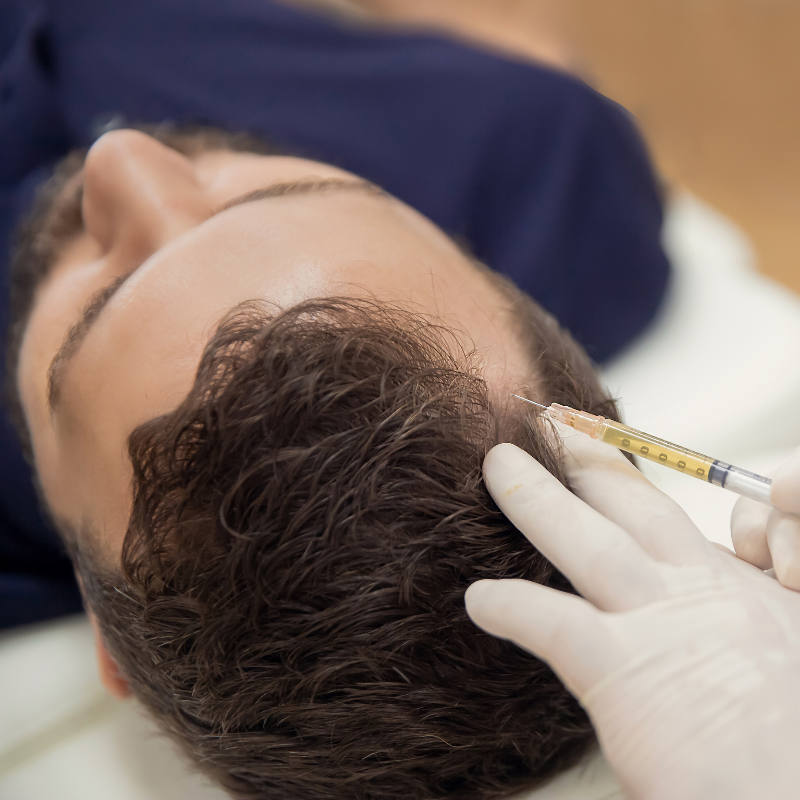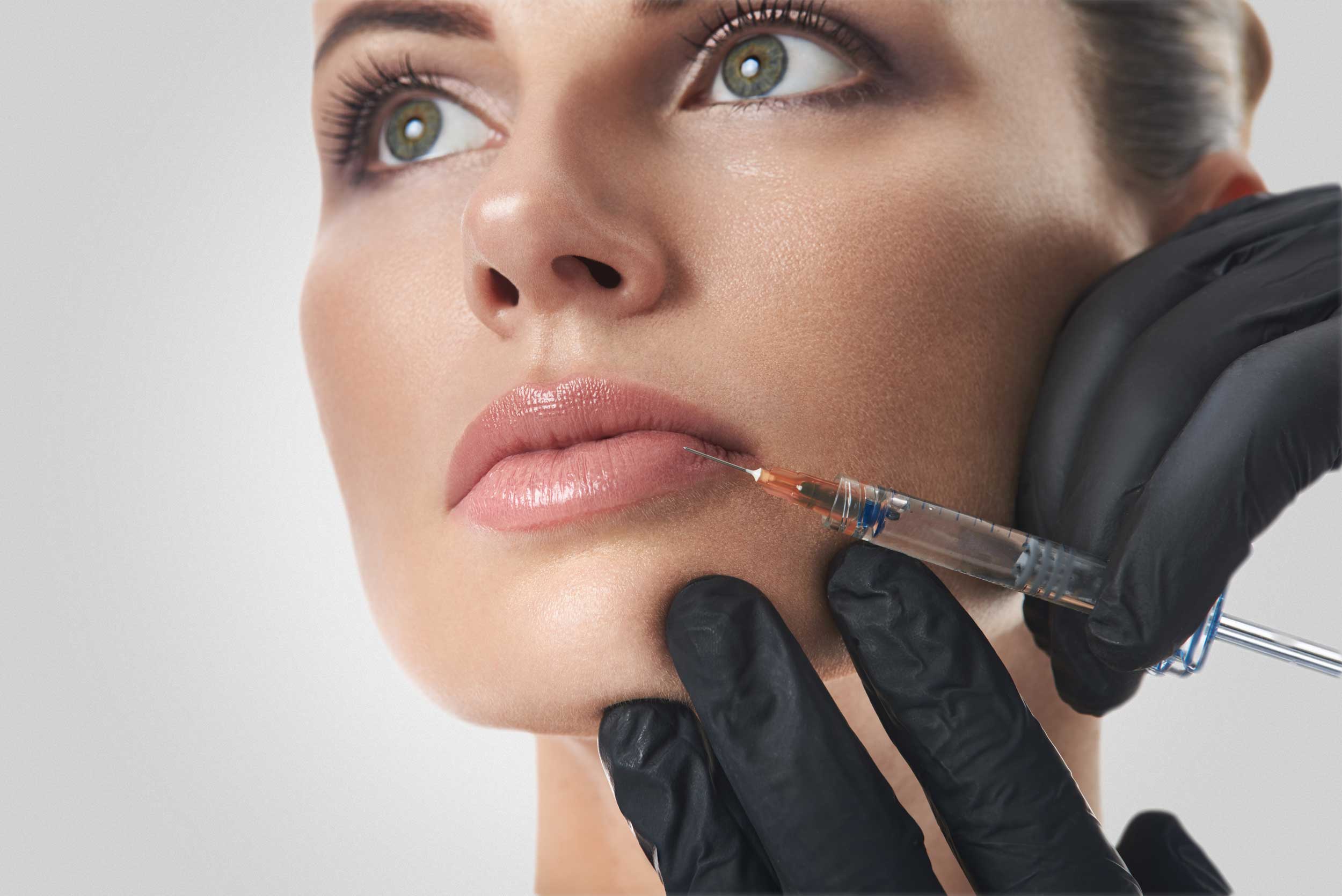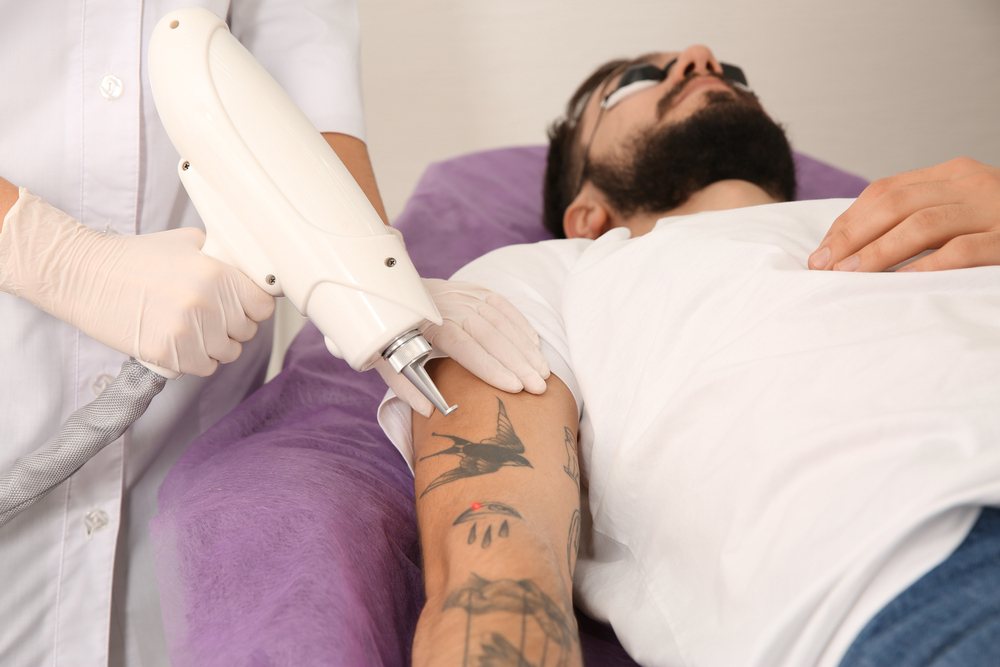
Hair loss affects millions of people in the United States and can cause significant cosmetic issues. Microneedling is a therapeutic approach used to address hair loss. This minimally invasive procedure stimulates hair growth through controlled micro-injuries to the scalp. Understanding the mechanisms and benefits of microneedling can help individuals make informed decisions about their hair restoration options.
What Is Microneedling?
Microneedling is a cosmetic procedure that uses fine needles to create controlled micro-injuries in the skin or scalp. The process triggers the body’s natural wound healing response, which stimulates collagen production and increases blood flow to the treated area. The procedure involves using a specialized device equipped with multiple sterile needles.
These needles penetrate the skin to precise depths, activating cellular repair mechanisms without causing significant tissue damage. Controlling the nature of these micro-injuries allows for predictable healing responses. The micro-channels created during treatment enable therapeutic agents to penetrate deeper into hair follicles, potentially increasing treatment outcomes.
What Does It Involve?
The microneedling procedure typically begins with a thorough assessment of the scalp and cleansing of the treatment area. A topical numbing agent may be applied to minimize discomfort during the procedure. The practitioner then uses a dermaroller or automated microneedling device to create uniform micro-injuries across the affected areas of the scalp.
The depth of needle penetration is adjusted based on individual scalp thickness and treatment goals. Practitioners recommend a series of sessions spaced 4 weeks apart to achieve results. Post-treatment care involves gently cleansing the scalp and avoiding harsh hair products. Patients may experience mild redness and sensitivity immediately following treatment, which typically resolves within a few hours.
How Can It Address Hair Loss?
Microneedling addresses hair loss through multiple biological mechanisms that target the underlying causes of hair thinning. The micro-injuries stimulate the release of growth factors that promote hair follicle regeneration. This process can help revitalize dormant hair follicles and extend the active growth phase of existing hairs.
The procedure increases blood circulation to the scalp, delivering oxygen and nutrients to hair follicles more effectively. Enhanced blood flow supports follicle health and can improve the overall condition of the scalp environment. Improved circulation may help counteract the effects of a hormone linked to pattern hair loss.
Microneedling also promotes the formation of new blood vessels through a process called angiogenesis. These new vessels provide additional pathways for nutrient delivery to hair follicles. The treatment may help reduce inflammation in the scalp, which can contribute to hair loss in certain conditions such as alopecia areata.
What Are the Benefits?
Microneedling offers several advantages as a hair loss treatment option. The procedure is minimally invasive, and most patients can return to normal activities immediately following treatment. The treatment may be combined with other hair restoration therapies to enhance overall effectiveness. Microneedling with PRP therapy can enhance the benefits of hair restoration treatments.
Learn More About Hair Restoration
Microneedling represents a scientifically backed approach to addressing hair loss through natural healing mechanisms. The procedure’s ability to stimulate follicle regeneration and improve treatment absorption makes it a valuable addition to hair restoration protocols. Individuals experiencing hair loss should consult with qualified practitioners to determine if microneedling is appropriate for their specific condition. Early intervention may produce better outcomes, making prompt evaluation and treatment planning beneficial for long-term hair health.





